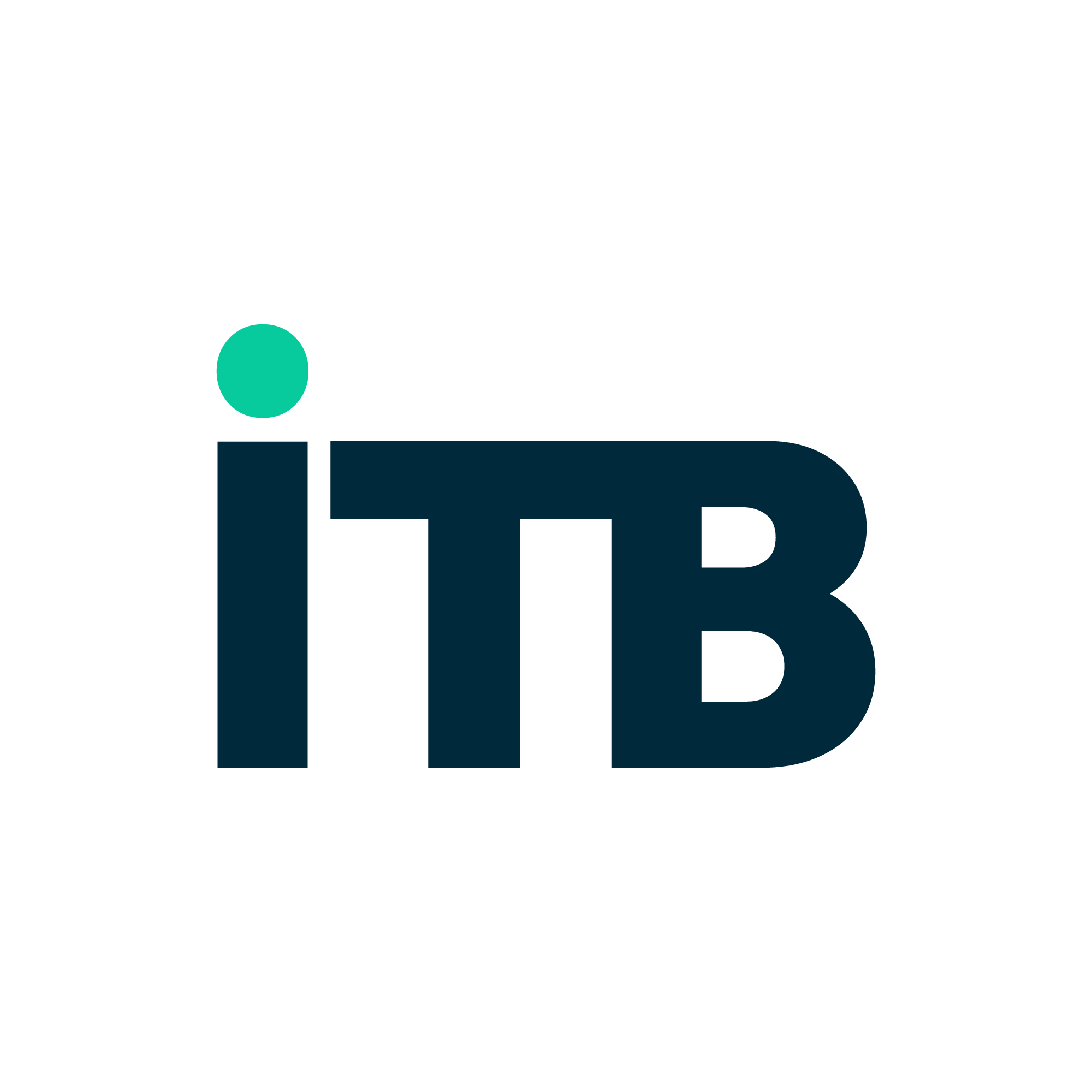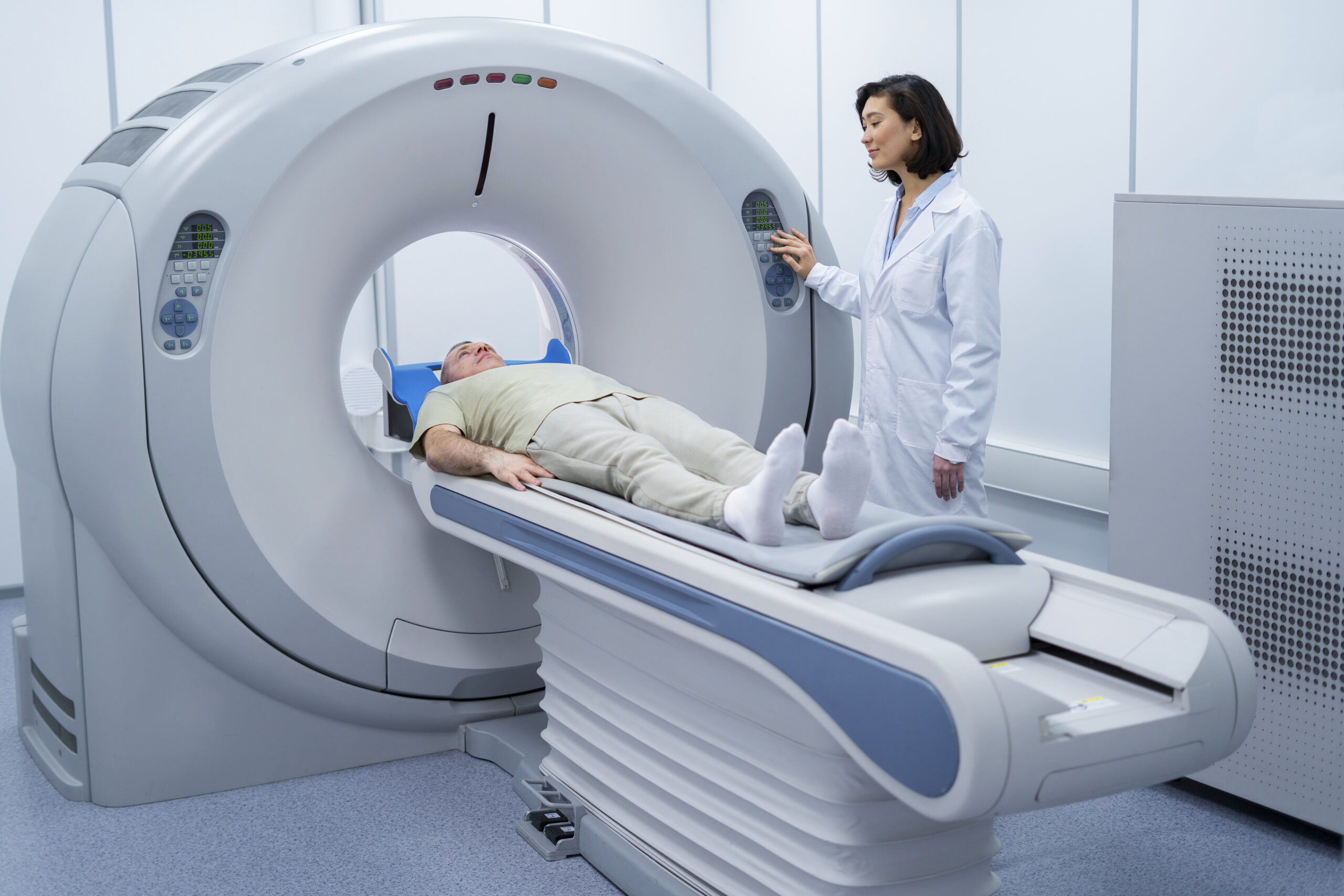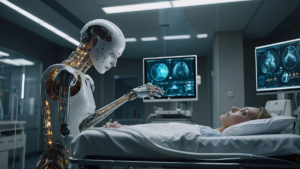Healthcare is no longer confined to hospital walls, paper charts, and face-to-face appointments. Thanks to a surge in digital innovation, Information Technology (IT) is reshaping how patients access, experience, and benefit from healthcare services.
Today, the digital revolution in healthcare isn’t just about new gadgets — it’s about reimagining patient care: making it faster, smarter, more personalized, and accessible to more people than ever before. Let’s explore how IT is transforming patient care and what the future holds.

1. Electronic Health Records (EHRs): From Paper to Power
One of the first major shifts in healthcare’s digital transformation was the move from paper charts to Electronic Health Records (EHRs).
Centralized Patient Data: EHRs bring together a patient’s medical history, medications, allergies, lab results, and treatment plans into one accessible platform.
Better Coordination: Different providers — from primary care doctors to specialists — can seamlessly collaborate on patient care.
Patient Empowerment: Many EHR systems now allow patients to view their records, book appointments, and communicate with providers through secure online portals.
By making health information easily accessible and shareable, EHRs create more efficient, coordinated, and transparent care.
2. Telehealth: Care Anytime, Anywhere
Telehealth has exploded in popularity — and for good reason. IT has enabled virtual consultations, remote monitoring, and even digital therapy sessions.
Convenience: Patients can consult with doctors without taking time off work, traveling, or sitting in waiting rooms.
Expanded Access: Rural and underserved communities can connect with specialists and healthcare providers they otherwise wouldn’t have access to.
Continuity of Care: Follow-ups, chronic disease management, and mental health services are easier to maintain through digital platforms.
Telehealth has made healthcare more accessible, affordable, and continuous, improving patient engagement and health outcomes.
3. AI and Predictive Analytics: Smarter, Faster Decisions
Artificial Intelligence (AI) and predictive analytics are pushing healthcare into new territories of precision and efficiency.
Early Detection: AI-powered tools can scan medical images (like MRIs or CT scans) and spot abnormalities often before human eyes can.
Risk Prediction: Machine learning models analyze patient data to predict who is at risk for conditions like diabetes, heart disease, or stroke.
Personalized Treatments: AI suggests treatment plans tailored to a patient’s unique profile — leading to better outcomes and fewer side effects.
With AI and predictive analytics, care becomes faster, more proactive, and tailored to individual needs rather than one-size-fits-all.
4. Remote Monitoring: Extending Care Beyond the Clinic
Thanks to wearable devices and smart sensors, healthcare providers can now monitor patients outside traditional settings.
Chronic Disease Management: Devices track blood sugar levels, heart rates, or oxygen saturation and send alerts if readings move outside safe ranges.
Post-Surgical Recovery: Patients recovering at home can be monitored remotely, reducing hospital stays and catching complications early.
Preventive Care: Continuous monitoring helps catch warning signs before they escalate into emergencies.
Remote monitoring empowers patients and providers alike, creating a new model of continuous, real-time care.
5. Robotics and Automation: Precision and Efficiency
Robotic technologies and automation are revolutionizing how care is delivered.
Robotic Surgery: Surgeons use robotic systems for minimally invasive procedures with more precision, smaller incisions, and faster recoveries.
Automated Administrative Tasks: AI tools handle scheduling, billing, claims processing, and even triaging patient inquiries.
Smart Hospital Infrastructure: IoT-connected devices optimize workflows, track equipment, and ensure supplies are always where they’re needed.
By reducing manual errors and freeing up human time, robotics and automation allow healthcare teams to focus more on patient care and less on paperwork.
6. Patient Engagement Apps: Putting Patients in the Driver’s Seat
Today’s patients expect digital convenience — and IT is delivering.
Mobile Health Apps: Patients track medications, manage chronic conditions, schedule visits, and access test results — all from their phones.
Personalized Reminders: Apps send reminders for appointments, medication times, and health screenings.
Virtual Health Communities: Patients connect with others facing similar conditions, building support systems and promoting adherence to care plans.
By empowering patients with information and tools, digital engagement leads to more active participation and better health outcomes.
Challenges on the Digital Journey
The digital revolution brings amazing benefits, but it also introduces challenges:
Data Security: Protecting sensitive patient information is more critical — and more complex — than ever.
Interoperability: Healthcare systems must work seamlessly together, which is still a major hurdle for many providers.
Digital Literacy: Not all patients and providers are equally comfortable with new technologies.
Overcoming these hurdles is key to making the digital transformation inclusive, secure, and universally beneficial.
The digital revolution in healthcare isn’t slowing down — it’s gaining momentum. Information technology is fundamentally changing how care is delivered, making it smarter, faster, more personalized, and more patient-centered.
From virtual care and real-time monitoring to AI-driven diagnostics and patient empowerment tools, IT is helping healthcare providers deliver better outcomes while improving the overall experience for patients.
The future of healthcare is digital — and it’s healthier, more connected, and more human than ever before.




